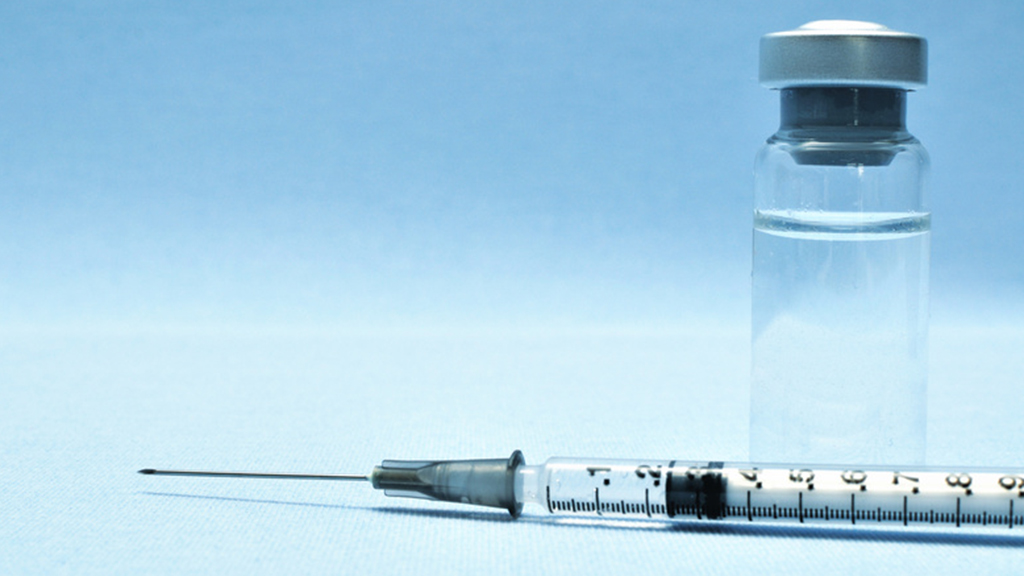Abstract
Before the discovery of insulin in 1921, being diagnosed with Type 1 diabetes was a death sentence. Despite the successful management of diabetes with purified animal insulin, potentially severe side effects were abundant, and alternative ways to produce insulin were needed. This case study guides students through the history of using insulin to treat diabetes, focusing on the development of recombinant DNA technology and the world's first bioengineered drug, recombinant human insulin, which is now used worldwide to treat diabetes. Through the course of this case, students consider the central dogma of molecular biology, the development of recombinant DNA technology, drug design, the importance of recombinant proteins to our society, and the ethical analysis and debates that occur as a result of some scientific discoveries. This case was developed as an introduction to an upper-division biotechnology course focusing on recombinant protein design and production, but could also be used in molecular biology, biochemistry, or introductory biology courses to highlight recombinant DNA and biotechnology.



